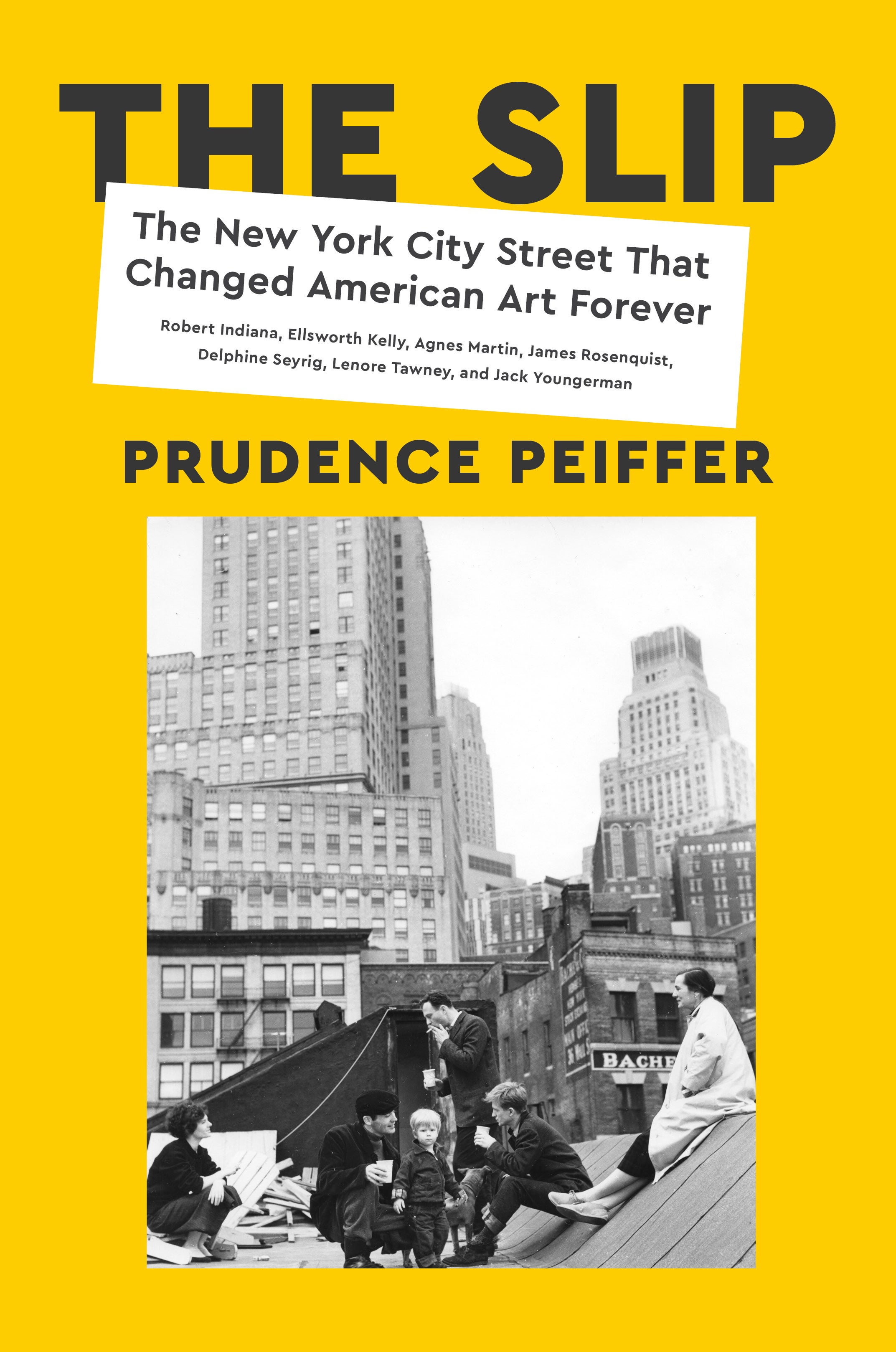Book Review: 'The Slip' uncovers art history in New York's downtown waterfront of the 1950s
Group biographies are ambitious undertakings

“The Slip,” by Prudence Peiffer (HarperCollins)
Group biographies are ambitious undertakings. To weave together divergent narratives, even about the most widely known figures, is a challenging feat; to make it coalesce, the writer has to find the right balance of substance and texture.
“The Slip” charts the overlapping trajectories of six visual artists, several of whom are unknown outside the art world, as they establish themselves in the late 1950s at Coenties Slip, a disused shipyard on the southern tip of Manhattan. Toiling in illegal studios that still carry the commingled smell of whale oil and builder's dust, the scrappy and enterprising subjects managed to carve out functional live-work spaces from “raw warehouses.” This use anticipated the repurposing of commercial loft buildings in Soho and Tribeca as artist spaces in the 1970s.
There is a well-worn conceit that New York is more than just a place but a character in and of itself. When deployed, it runs the risk of over-romanticizing the city and flattening it to the point of abstraction. Under Peiffer’s deft hand, though, this motif is anchored to a clear purpose: to make vivid how the post-industrial landscape of lower Manhattan became the material, sometimes literally, of the artists' work.
“Place is a tricky protagonist: fickle and, for too many uprooted or dispossessed, not guaranteed,” Peiffer writes.
To readers with a casual interest in art, the origin stories of marquee figures like Robert Indiana, known for the “LOVE” series; Ellsworth Kelly, a seminal abstract expressionist painter; and Agnes Martin, a monastic and exacting artist, may appeal. There’s more still for those with background in art history, who are already familiar with the practices of pop collagist James Rosenquist, fiber artist Lenore Tawney and hard-edged constructivist Jack Youngerman — renowned artists whose New York stories are still getting uncovered.